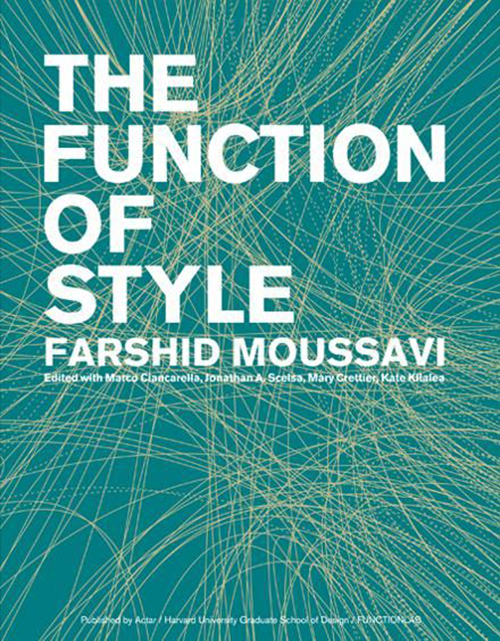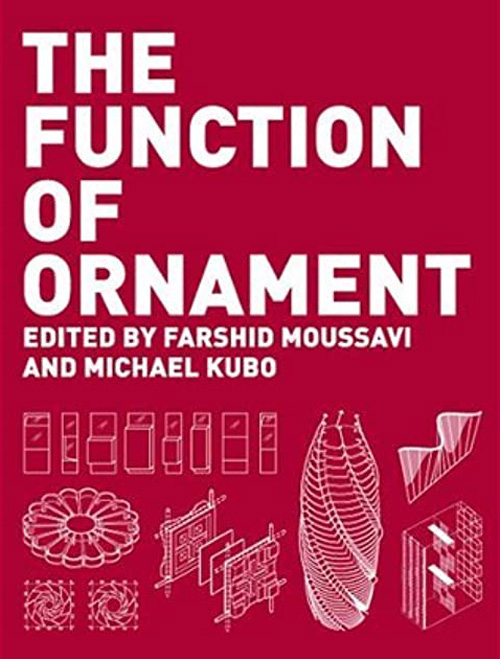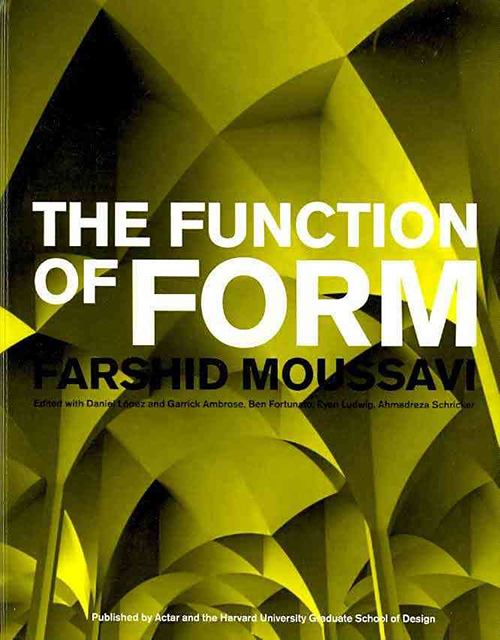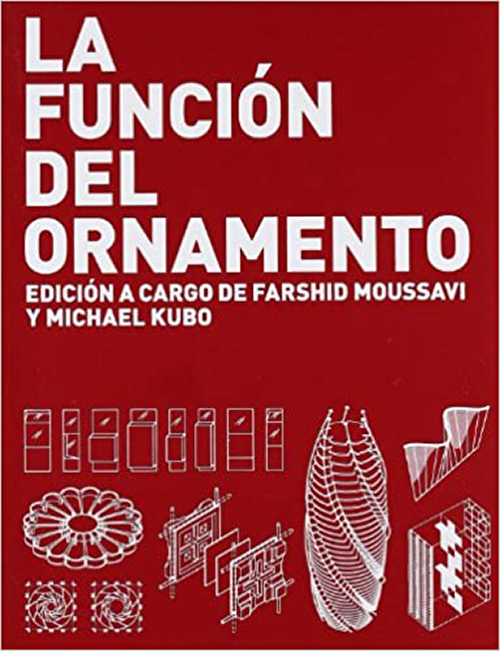Authors/farshid moussavi
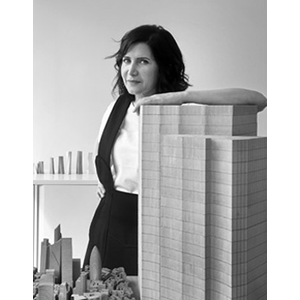
Is an Iranian-born British architect, educator, and author. She is the founder of Farshid Moussavi Architecture (FMA) and a Professor in Practice of Architecture at Harvard University Graduate School of Design.[1] Before forming FMA, she was co-founder of the London-based Foreign Office Architects or FOA (1993-2011), recognised as one of the world’s most creative design firms, integrating architecture, urban design, and landscape architecture in a wide range of projects internationally. Moussavi was elected a Royal Academician in 2015, and subsequently, Professor of Architecture at the RA Schools in 2017.[2] She was appointed Officer of the Order of the British Empire (OBE) in the 2018 Queen’s Birthday Honours for Services to Architecture.
